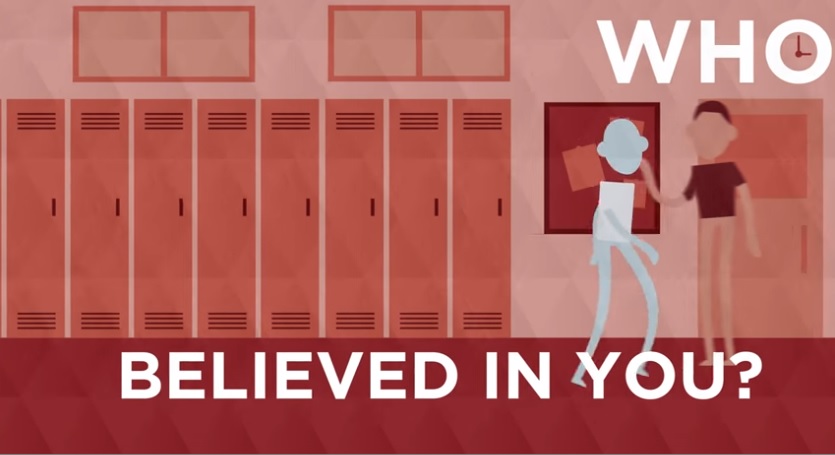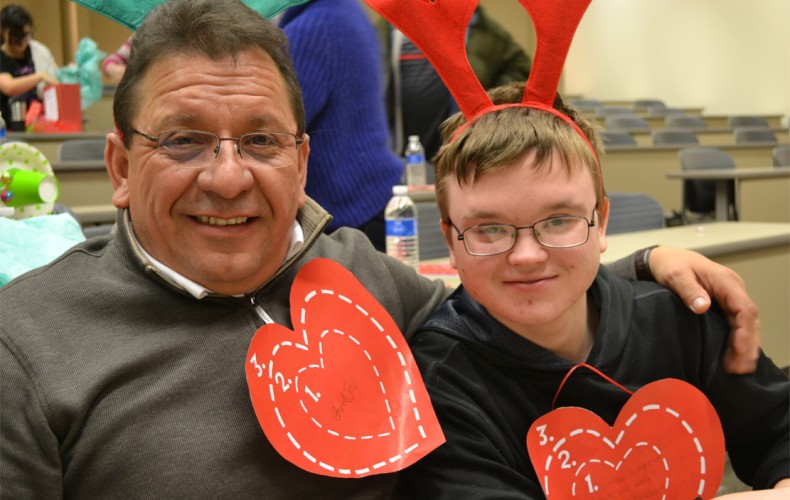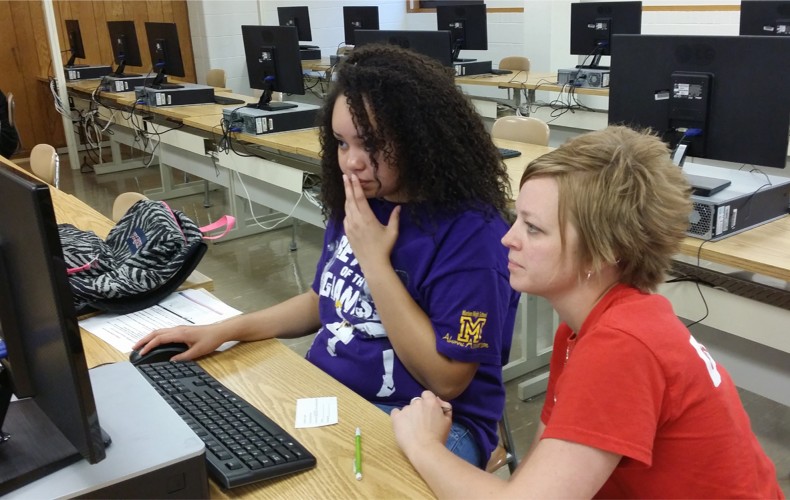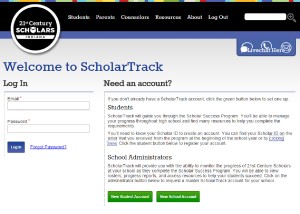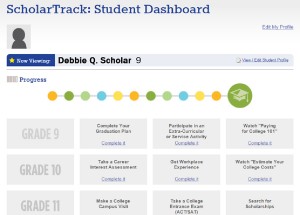The above video is produced by Mentoring.org, a national organization promoting local mentoring organizations like Project Leadership.
Project Leadership paves the way to and through college for local youth. We use the word ‘college’ as shorthand, a concise way to describe the options students have for training beyond high school; formally described as ‘post-secondary education’. Whatever you call it, we know that training beyond high school opens up many doors for success.
One of the ways Project Leadership ‘paves the way to college’ is our high school mentoring program. The mentoring program matches one community volunteer with one high school student. Most students are matched in their freshman year of high school. Community volunteers are asked to give one hour each week during the school year, and to make a year commitment.
What does it take to be a mentor for Project Leadership?
- A desire to impact students lives in a positive way.
- Commitment to meeting with a student weekly. Especially as a mentor relationship is beginning, it is essential to the mentor relationship that the adult be dependable.
- All mentors must pass an extensive background check as a safety measure.
Would you consider making an impact in a student’s life? As you consider, click here to learn more about the 6 qualities of a successful mentor.
Apply today to be a mentor in the Fall 2016 school year. Begin your impact today!

